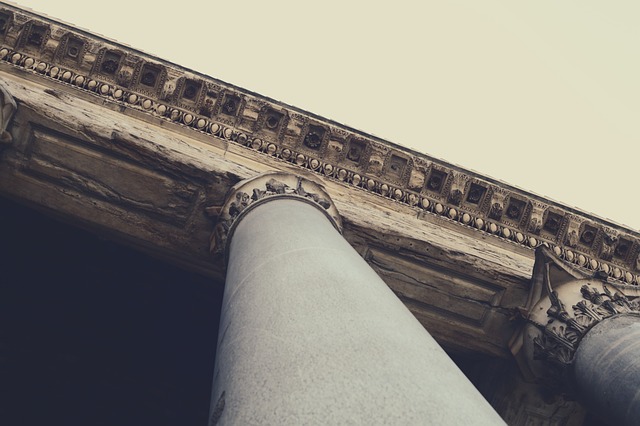Mateus 16:18
“Pois também eu te digo que tu és Pedro, e sobre esta pedra edificarei a minha igreja, e as portas do inferno não prevalecerão contra ela;”
Neste versículo houve um pequeno erro de tradução que nos dificulta ter a interpretação correta. Aqui, Cristo faz um jogo de palavras com o nome de Pedro, ele diz: “Tú és Petrus (pequeno bloco rochoso) mas sobre esta Petra (Grande Rocha, pedra de esquina, pedra fundamental, base sólida de grandes construções) edificarei a minha igreja.”.
Jesus está dizendo para Pedro que a igreja dele será edificada nele, em Cristo (grande pedra de fundamento) e que Pedro também é uma pequena parte da igreja que está edificada em Cristo.
Infelizmente muitas pessoas usam isso para fundamentar que Pedro foi o primeiro Papa ou primeiro sucessor de Cristo na terra. Veja, Jesus não teve sucessor algum aqui na terra nem em qualquer outro lugar. Cristo é suficiente ontem, hoje e sempre. Ele é o único caminho para Deus e, por intermédio dele temos acesso ao Senhor. O ser humano jamais será capaz de substituir a Cristo em nenhuma circunstância.
